Cricket bats are the equipment used by batsmen to hit cricket balls. A cricket bat has a cane handle attached to a flat-fronted willow-wood blade. A batter may use a cricket bat when they’re making ground to avoid a run-out. The length of a cricket bat mustn’t be longer than 96.5cm and the width no more than 10.8cm.
If you’ve got more cricket-related questions about using professional cricket gear, or if you should double grip a cricket bat, then you can learn more by clicking on each link.
What Is A Cricket Bat Made Of?
The blade of a cricket bat is made of a wooden block, which is typically flat on the striking face. The blade also has a ridge on the back that concentrates wood in the middle part, the area where the ball hits.
Traditionally, cricket bats are made from willow wood, specifically a type of white willow known as cricket bat willow, Salix alba, or caerulea. The willow wood is treated with raw or unboiled linseed oil that protects and strengthens the cricket bat.
Willow is used because it’s very shock-resistant and tough, preventing cricket bats from denting or splintering from the impact of high-speed cricket balls. Willow wood is also lightweight to handle, which sets it apart from other hardwoods and makes it optimal for cricket. After buying a cricket bat, you need to cover its face with a protective film.
The blade of the bat is connected to a long cylindrical cane handle, using a splice. The handle of a cricket bat is typically covered with a rubber grip. Also, a cricket bat has a wooden spring where the cane handle meets the bat’s blade.
To learn what a cricket ball is made of, click this link.
How Are Cricket Bats Made?
Here is a step-by-step process of how cricket bats are made:
- A trunk of willow wood is shaped roughly into cricket-bat-sized chunks called clefts. Before a cleft is shaped into the familiar-looking bat shape, its ends are first soaked in bee’s wax. Then, the cleft is air-dried for one year.
- Next, the clefts are graded into four levels. This is done by master craft workers inspecting the bats. The grading criteria include the width of the grain, the straightness of the grain, and any blemishes. A Grade 1 cricket bat is superior; however, there’s no guarantee that it’ll offer a better play than a Grade 3 cricket bat.
- Cricket bats then go through the pressing process, where they’re slowly compressed into the right shape by a machine.
- Then, the blade is then spliced at the top. Next, a cane handle is attached to it, which is imperative for providing spring-like capabilities.
- Once the bat’s shoulders are cut out, specific adjustments are made to the wood by hand, including filling in unnecessary pieces and rounding off the toe.
- Next, the face and edges of the cricket bat are sanded down. Then, the cricket bat is polished using wax. Wax keeps moisture out, and it lets in linseed oil.
- The handle is bound to the bat using a spring, and modern additions, such as the manufacturer’s stickers and rubber grip.
Remember that after you buy a new cricket bat, you’ll likely still need to knock it in, unless it has been pre-knocked by the manufacturer.
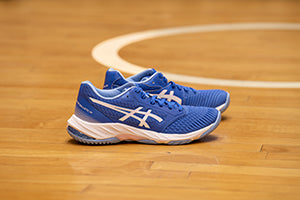





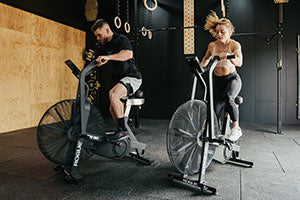

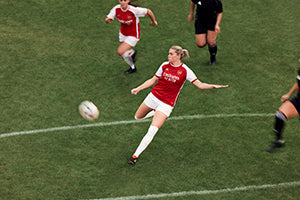


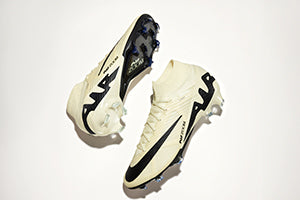
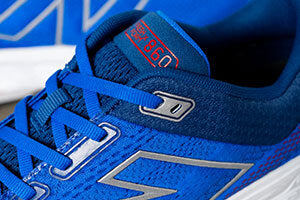

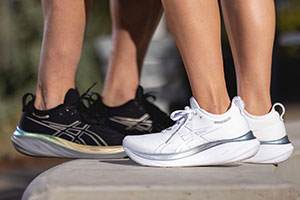
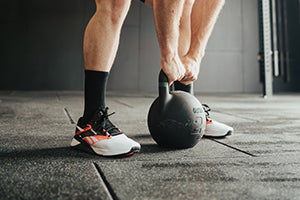


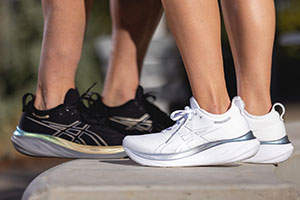

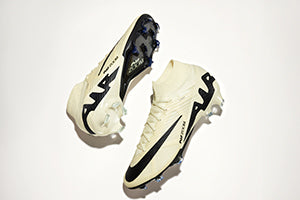
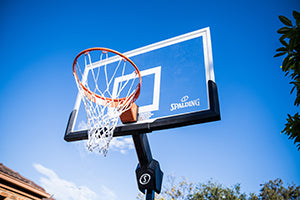


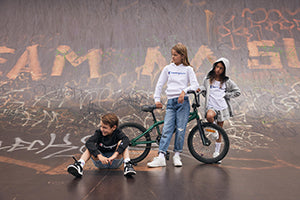
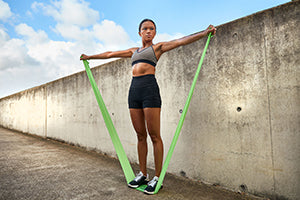

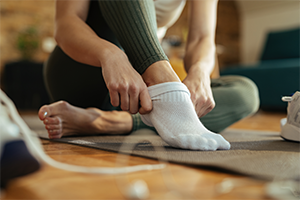

Comments